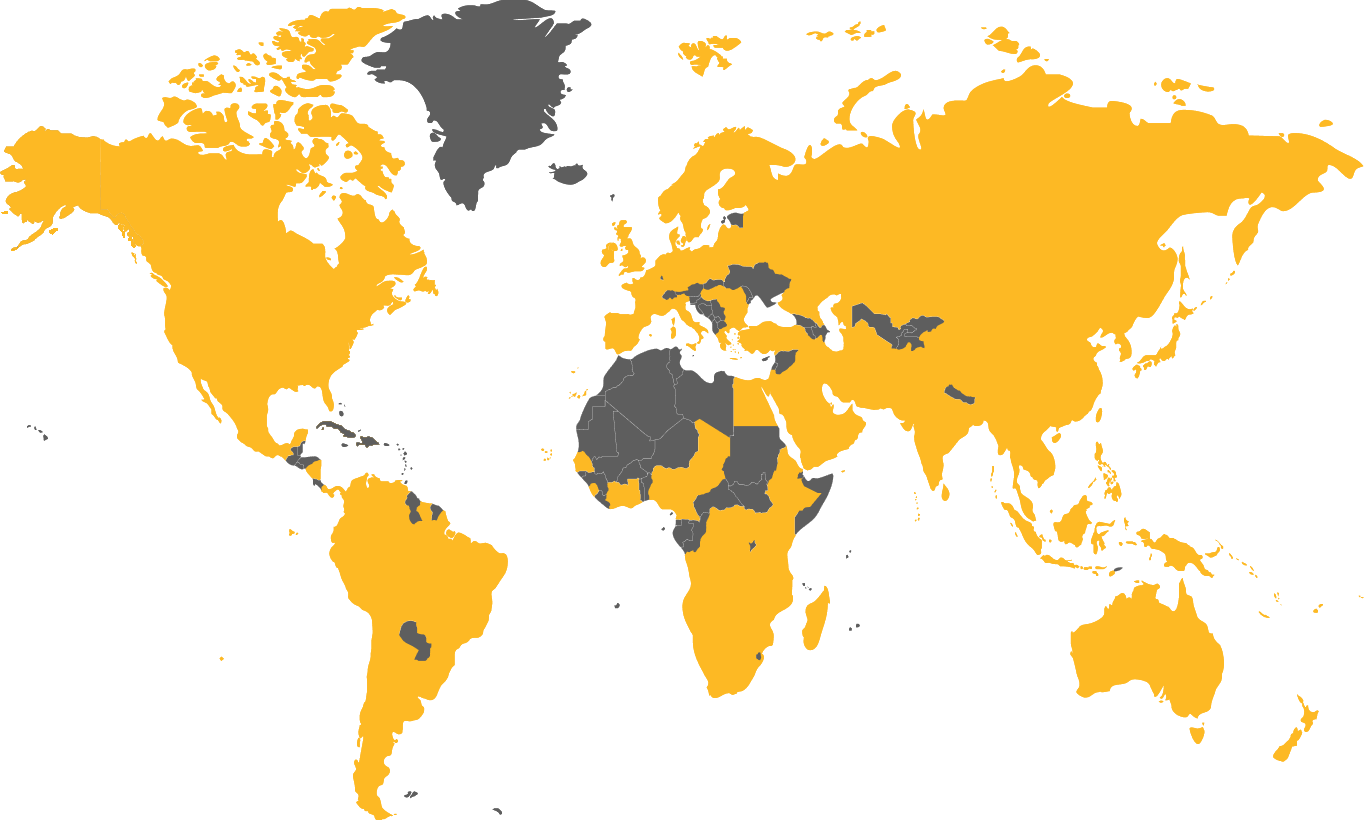Poly welding is the process of joining thermoplastic polymers, which can be done by butt welding, electrofusion and extrusion welding. Each of these have varying uses cases and applications depending on the size and diameter of HDPE/PE pipe. As we move through the explanations, you’ll notice several of these processes use different terminology based on the part of the world you’re in. Before we start we’d just like to point out, recording of all welds is essential. Data logging ensures you have reduced liability as well as the capability to support repairs for any weld failures or issues down the line.
Types of poly welding
The most common process for welding HDPE pipe is known as butt welding. Butt welding is also commonly referred to as butt fusion, heat welding, and fusion. The majority of poly pipe installation is completed using a butt welding machine, as this is the best process for joining larger lengths and diameters of pipe efficiently. The operation commences with the simultaneous heating of two opposing pieces of pipe. The second stage involves pushing the pieces together under a calculated pressure and timeframe. The pipe is then allowed to cool off, creating an extremely durable join that if done correctly, lasts over 100 years. Within poly pipe welding, there are distinct types of welds, which are explained below.
Saddle fusion (sidewall fusion)
Saddle fusion machines (also known as sidewall fusion) allow for the welding of a smaller HDPE pipe at 90 degrees onto a larger pipe, thereby creating a reducing tee. To do this, the pipe is held in the machine at 90 degrees to the centre line of the machine, and the smaller pipe is fixed to the welding arm. A special radiused heating plate, with ‘male’ and ‘female’ sides is used to heat the pipe in preparation for the join. The ‘female’ side will melt the weld area on the main pipe, while the ‘male’ side melts the end of the smaller diameter pipe. The heating plate is removed, and the machine pushes the pipe ends together under a controlled temperate, time and pressure. It is important to note, the outlet diameter cannot be greater than 50% of the diameter of the main pipe.
Socket fusion
Socket fusion uses injection moulded fittings, which involves a metal socket fitted onto the heating plate, which heats the outer section of the pipe. A metal spigot on the opposite side then heats the inside surface of the injection moulded fitting. As with all poly welding, the fitting and pipe are heated for a set length of time, then pushed together after heated socket/spigot tooling is removed. This type of poly welding/fusion is exclusively used to join pipe segments to fittings rather than other pipe segments.
Electrofusion
The electrofusion welding process involves the use of a moulded socket fitting containing an electrical resistive heating coil. An electric current is then passed through the coil for a period of time. Heating of the surrounding polymer and heat transfer to the pipe wall takes place. Cold zones at the ends of the fitting contain the melt in the central section, allowing a high melt pressure to develop and the formation of a homogeneous joint.
Excrusion welding
The final type of poly weld that we’d like to mention is excrusion welding. This process is performed using a tool known as an excrusion welder by hand, usually for smaller diameters and lengths of poly pipe. There are also other poly weld process such as hot gas welding which are used in the production of relatively smaller items, and electric resistance welding which is similar to electrofusion welding insofar that it uses electromagnetic current. Keep in mind that prior to commencing a poly weld, preparation of the surface must first take place. This often involves using a solvent to remove anything that may interfere with the process, such a grease or dirt.
Why work with HDPE?
To understand why we work with HDPE, we need to consider the various materials used in pressure pipe systems (PVC, HDPE & ductile iron). In comparison to the alternatives, HDPE is significantly more environmentally sustainable, cost-effective and durable. If you’re interested in learning more about poly pipe and its benefits, please read Why choose HDPE?
worldpoly is committed to ensuring operators are equipped with machinery, training and expert support that ensures safe and high-quality pipe systems. Please contact us if you need more information about our equipment and services.







